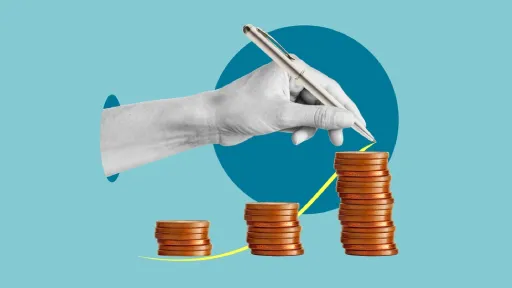Understanding how does leasing a vehicle work is essential in today’s financial landscape where flexibility and budget-conscious decisions take precedence. Leasing offers a unique alternative to ownership, allowing consumers to drive new cars without the long-term commitment of buying. With rising vehicle prices and changing personal finance dynamics, leasing can be both a practical and economical option, but knowing exactly how it works can empower you to make the best choice for your situation.
How Does Leasing a Vehicle Work? A Step-by-Step Overview
Leasing a vehicle essentially means you are paying to use a car for a set period—usually two to three years—without owning it outright. Instead of purchasing the vehicle, you enter into an agreement with a leasing company or dealership that allows you to operate the car under specific terms and conditions. Here’s a simple breakdown:
1. Choosing the Vehicle
You select the make and model you want, often a new or nearly new car, that fits your preferences and budget. Leasing options typically include the latest models, which appeal to those wanting up-to-date technology and safety features.
2. Negotiating Lease Terms
The contract will specify several key factors:
- Lease Term: The duration—commonly 24, 36, or 48 months.
- Annual Mileage Limit: A cap on how many miles you can drive per year without penalties.
- Monthly Payment: Calculated based on the vehicle’s depreciation, interest rate (called money factor), and fees.
- Down Payment: Some leases require an initial payment, reducing monthly installments.
3. Understanding Monthly Payments
The monthly lease payment is mainly determined by the difference between the vehicle’s initial value and its estimated residual value at lease-end. Unlike loan payments that gradually build ownership equity, lease payments cover depreciation, interest, and fees.
4. Driving and Maintaining the Vehicle
Once the lease begins, you can use the car as specified. It’s important to stay within the agreed mileage limits and maintain the vehicle according to the manufacturer’s recommendations. Excess wear-and-tear or mileage overages can result in costly fees when returning the car.
5. Lease End Options
At the end of the lease, you generally have three options:
- Return the Vehicle: Simply hand it back to the dealer with no further obligation (beyond potential fees).
- Purchase the Vehicle: Buy the car at its residual value if you want to keep it.
- Lease a New Vehicle: Start another lease cycle with a new car.
Benefits and Considerations: How Does Leasing a Vehicle Work in Your Favor?
Leasing offers several advantages that highlight why this option is popular, especially among those who prioritize lower monthly payments and frequent vehicle upgrades.
- Lower Monthly Payments: You’re paying for depreciation, not full ownership, making monthly costs more affordable.
- Access to Newer Models: Leasing allows regular upgrades to the latest technology and safety features without resale hassles.
- Reduced Repair Costs: New vehicles are typically under warranty during the lease, minimizing unexpected expenses.
- Tax Benefits: For business users, some or all of the lease payment may be tax-deductible.
However, it’s also important to consider:
- Mileage Limits: Going over your contract mileage can become expensive.
- Customization Restrictions: Leases often prohibit modifications to the vehicle.
- No Ownership Equity: You don’t own the car and will have no asset at lease-end unless you buy it.
- Possible Extra Fees: Charges for excessive wear or early lease termination can add up.
Who Should Consider Leasing?
Understanding how does leasing a vehicle work helps you determine if it aligns with your lifestyle and financial goals. Leasing is ideal for individuals who:
- Enjoy driving new vehicles every few years
- Require lower monthly payments
- Prefer not to handle the resale or trade-in process
- Have predictable driving habits within mileage limits
Conversely, if you drive extensively, keep cars for long periods, or want full ownership, buying might be better.
Final Thoughts on How Does Leasing a Vehicle Work
Leasing a vehicle is a nuanced process that offers a mix of flexibility and affordability in today’s often tight financial environment. By understanding the key components of how does leasing a vehicle work, you can make an informed decision tailored to your needs. Whether for personal use or business, leasing remains an attractive option for many who want to enjoy driving a new car without the full financial commitment of ownership.


